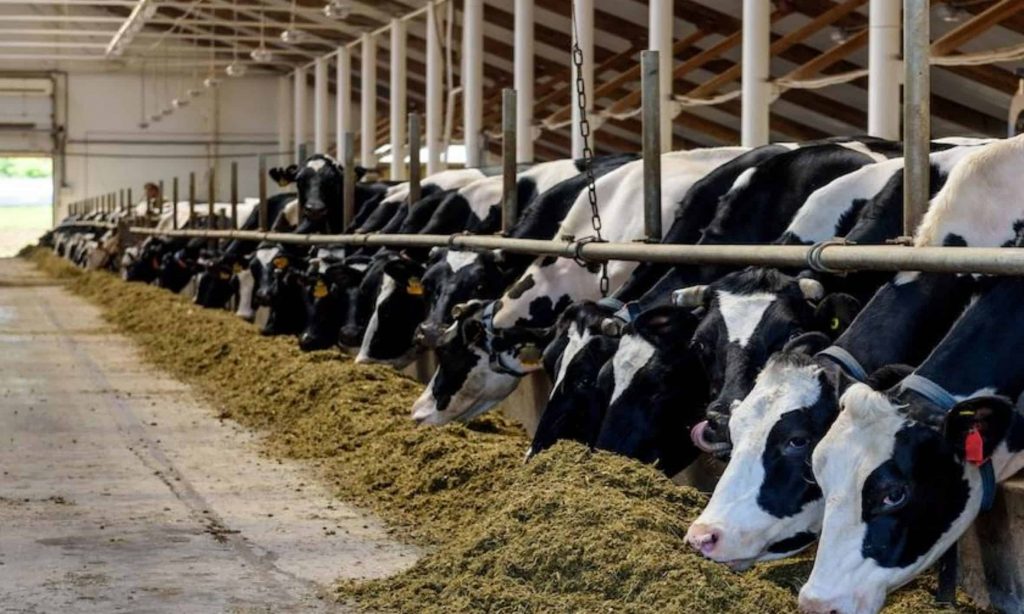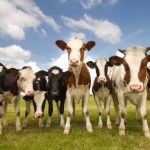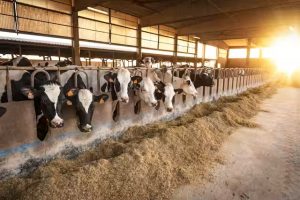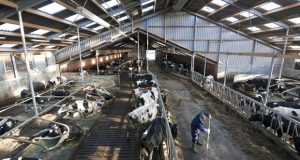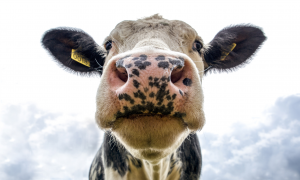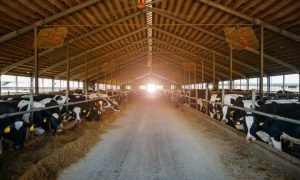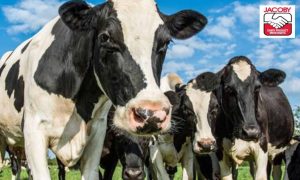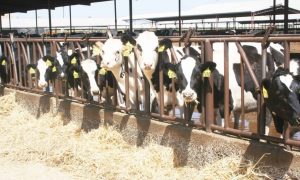
National All-Jersey shares that the biggest news from yesterday’s report was that the August production was revised, down by 119 million lbs., representing 0.6% from last month’s preliminary estimate.
Southwest Decline
Cow numbers in the Southwest saw a big decline with California leading the way with 9,000 fewer head, resulting in a decrease of 60 million lbs. New Mexico saw 19,000 fewer cows and 40 million fewer lbs.
Phil Plourd, president with Ever.Ag Insights, says that there are no real big surprises with this report.
Wisconsin, however, produced 30 million more lbs., with 1,000 fewer cows. While Michigan added 11,000 more cows and New York increased by 5,000 cows. The big winner was South Dakota which produced 21 million more lbs., with 12,000 additional cows.
Evan Grong, sales manager for Valley Queen, says they anticipate growth along the I-29 corridor to be slower in 2023 and 2024, as there are no current plans for additional capacity.
“However, due to our expansion project, Valley Queen expects approximately 25,000 additional cows will be added in 2025 and 2026.”
Grong says three main factors attract producers to South Dakota.
“We attribute the current and projected growth in the I-29 region primarily to access to feed production, abundant groundwater and dairy processing investments,” he explains.
